Sustainability news and announcements
Stay informed with this collection of news and announcements.
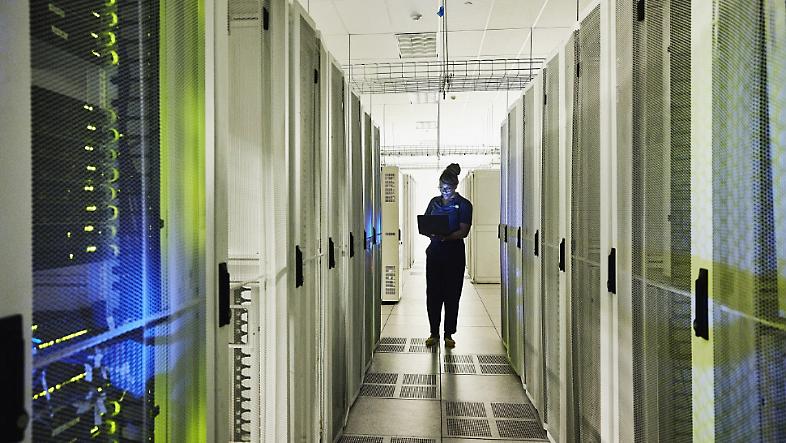
Microsoft to build a groundbreaking sustainable datacenter region in Finland
In a unique collaboration with Fortum Corporation, Microsoft will build a new datacenter region in Finland. The datacenters will operate with 100-percent emission-free energy and convert waste heat to district heating that will serve Finland’s second largest city, Espoo, the neighboring city of Kauniainen, and the municipality of Kirkkonummi. This will be the world’s largest recycling of datacenter waste heat to date.

Microsoft opens its sustainable datacenter region in Sweden
Microsoft has launched its newest sustainable datacenter region in Sweden, with presence in Gävle, Sandviken, and Staffanstorp. The new datacenter region closely aligns to the company’s sustainability investments, powering the datacenter with 100-percent carbon-free energy and supporting zero-waste operations.
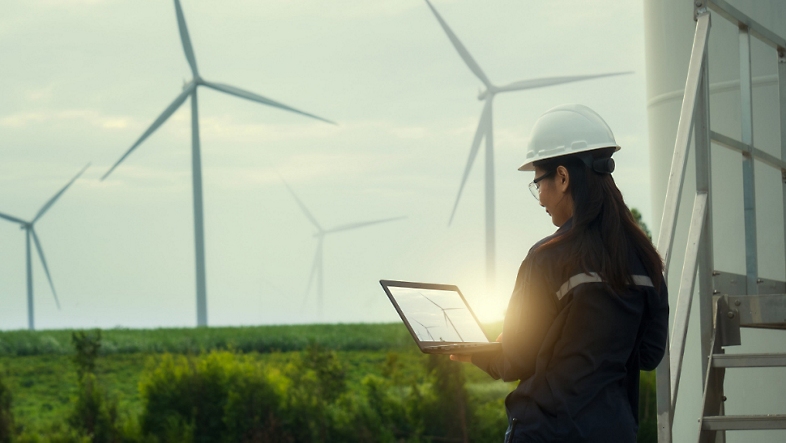
How Microsoft’s new datacenter region in Sweden incorporates the company’s sustainability commitments
The first hyperscale cloud region to use the Vattenfall 24/7 solution in a commercial product aims to deliver 100-percent renewable energy while working to meet Microsoft’s carbon, waste, and water sustainability goals by 2030. The new datacenter region also seeks zero-waste certification and includes a Microsoft Circular Center that’s designed to extend the lifecycle of servers through reuse, creating a circular economy for the Microsoft Cloud.

Our 2021 Environmental Sustainability Report is now available
We’re sharing progress and learnings against our commitments to become carbon negative, water positive, and zero waste, and to build a Planetary Computer.
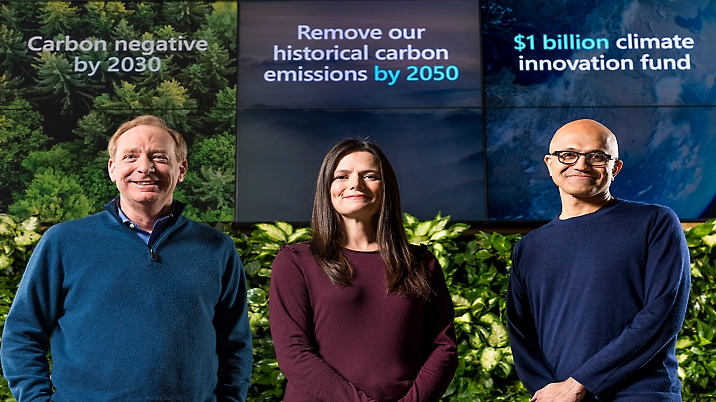
Microsoft will be carbon negative by 2030
By 2030 Microsoft will be carbon negative, and by 2050 Microsoft will remove from the environment all the carbon the company has emitted either directly or by electrical consumption since it was founded in 1975
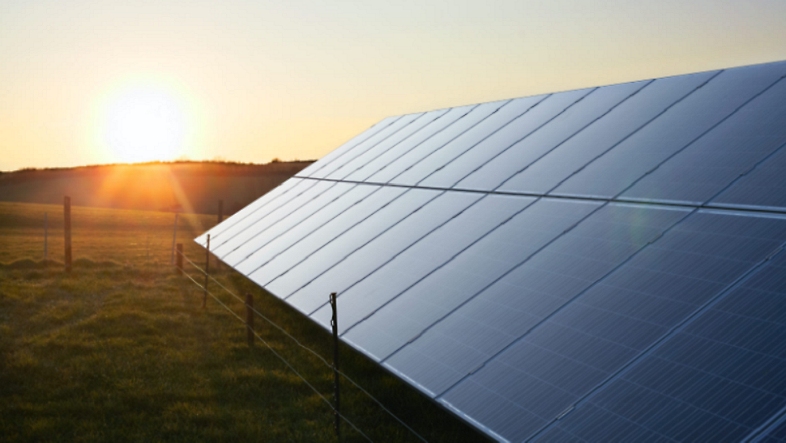
Made to measure: Sustainability commitment progress and updates
Aligned with the announcement of the Cloud for Sustainability, a new cloud platform intended to help companies record, report and reduce their carbon emissions, Microsoft has outlined new sustainability goals, committing to a net zero carbon economy by 2030. These goals will expand upon their progress towards becoming carbon negative, water positive and zero waste by 2030 by engineering the green infrastructure necessary to building a net zero carbon economy.
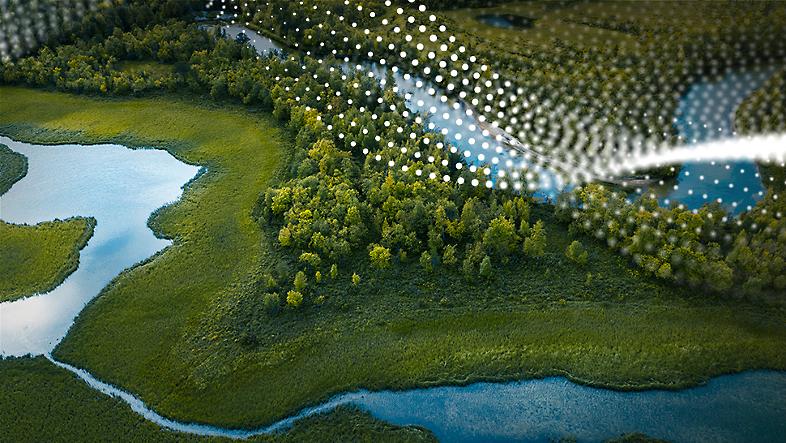
Announcing Microsoft Cloud for Sustainability at Inspire 2021
Microsoft Cloud for Sustainability is a new offering that is designed to help companies take control of their environmental impact. By centralizing data in a common format to measure, reduce, and report out on their emissions, Microsoft Cloud for Sustainability offers organizations an accurate, comprehensive, and increasingly real-time view into their environmental footprint across the entire value chain.
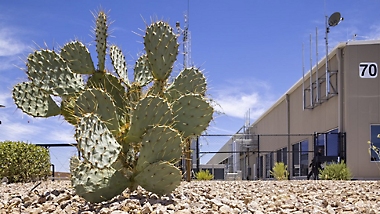
Microsoft launches its sustainable datacenter region in Arizona
Microsoft has launched a new sustainable data center outside of Goodyear, Arizona. The center, built with sustainable operations and design in mind, will utilize solar power and have zero-waste certified operations to provide cloud services to organizations around the United States.
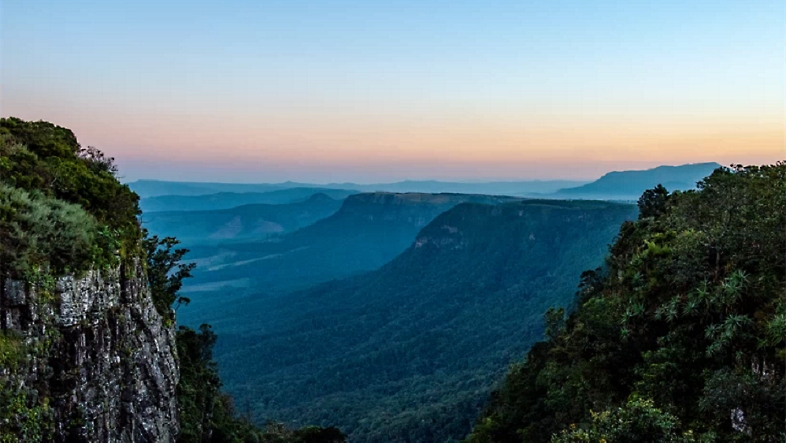
Microsoft submits comments to SEC on climate change disclosure
Microsoft has submitted comments to the SEC on the topic of climate change disclosure, stating a standardized process for measuring and reporting carbon emission is a necessary step in curbing climate change. Microsoft believes disclosure regulations from the SEC will create transparency and fairness for the investing public and set the foundation for a net-zero carbon economy.
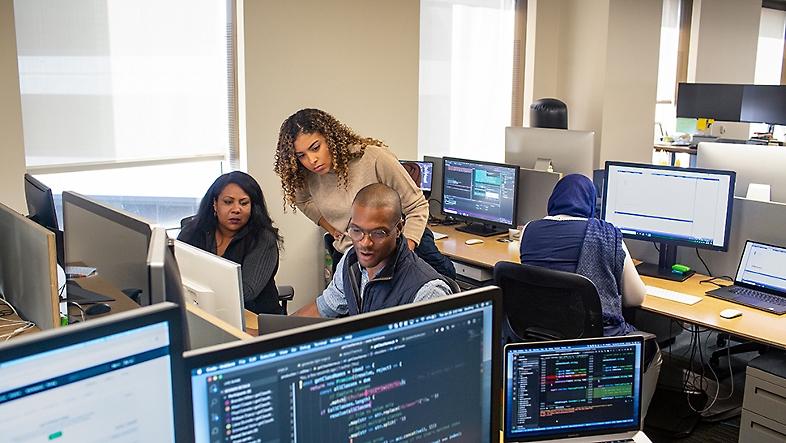
Microsoft announces Green Software Foundation
Accenture, GitHub, Microsoft and ThoughtWorks have launched the nonprofit Green Software Foundation established with the Linux Foundation to put sustainability at the core of software engineering. The foundation will bring together a global community of people, standards, tooling and leading practices to grow the field of green software in hopes of reducing greenhouse gas emissions from the software industry.

Project 15 from Microsoft – A story in five parts
Project 15 started out as a passion project devoted to promoting sustainability initiatives using IoT and cloud technology. The project has garnered interest from environmental organizations around the world, and now offers an open source software platform designed to help the scientific community solve environmental issues ranging from conservation to climate change. In this blog, Sarah Maston recounts how the project has evolved to get where it is today.

Microsoft debuts Planetary Computer to support a sustainable future
The Planetary Computer uses AI and machine learning to collect and analyze global environmental data from trillions of data points across earth’s ecosystems. This data will help scientists learn more about the state of the planet’s health and answer global questions with sustainable solutions.
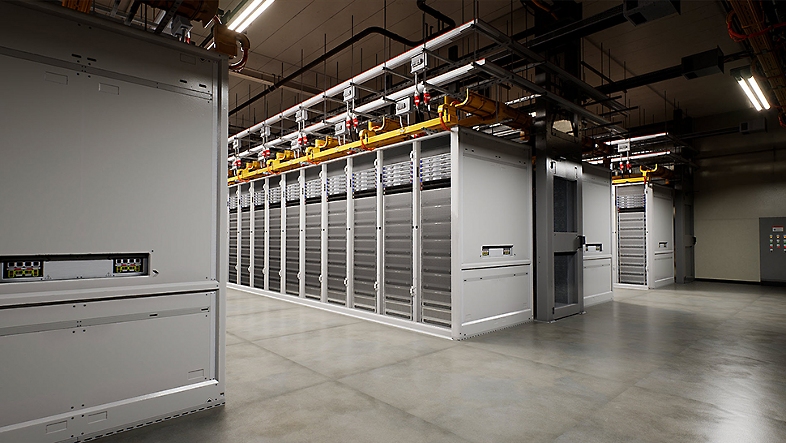
Microsoft’s virtual datacenter grounds ‘the cloud’ in reality
This virtual datacenter experience is a rare invitation to look around and see how we design, build, and operate the Microsoft Cloud with sustainability, reliability, security and innovation in mind.

Building a more sustainable world together
The path to a sustainable future can only be achieved by working together. The #BuildFor2030 campaign highlights Microsoft partners who are leading sustainability initiatives by harnessing the power of cloud technology.

Microsoft turns to boiling liquid to cool datacenter servers
When it comes to creating sustainable datacenters, Microsoft has turned to a process known as two-phase immersion cooling as a potential solution. Inspired by cryptocurrency miners, the immersion method of cooling can be cheaper and more effective than the traditional approach of air cooling. While not in large-scale use at Microsoft yet, two-phase immersion has innovative potential for a wide range of technology.
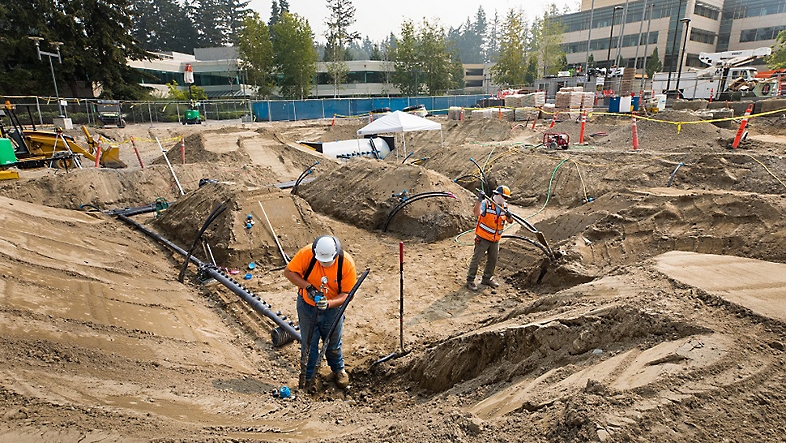
Unusual machine taps clean energy for new Microsoft campus
As part of the Microsoft sustainability goal to become carbon negative by 2030, the Redmond campus will include the Thermal Energy Center, which includes an unusual tunnel spanning 550 feet into the ground. Designed to harness the earth's thermal energy, this system is the latest sustainable development to the Washington offices.
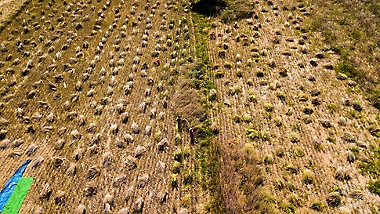
Companies struggle to pay for carbon removal technologies
More companies are starting to invest in engineering technological solutions for carbon removal, but the process can be expensive. A Microsoft white paper released in 2021 explores some of the potential shortcomings for alternatives to natural climate solutions, such as tree planting or crop rotations.
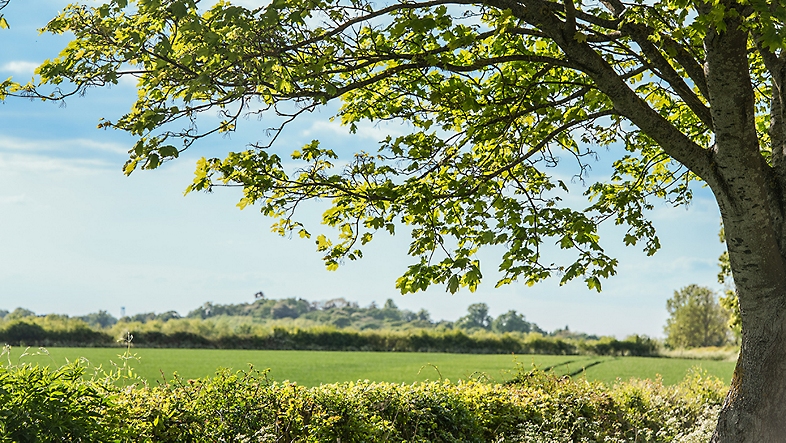
Sustainability: A year of progress and a decade of action
In 2020, Microsoft set sustainability goals, including becoming carbon negative and water positive, to be achieved by 2030. One year into the endeavor, we explore the enabling conditions, early efforts and lessons learned. We also celebrate partners and customers who are using Microsoft solutions to aid in their own sustainability goals.

One year later: A report on the path to carbon negative
One year has passed since our "moonshot" pledge for Microsoft to become carbon negative by 2030. From reducing carbon emissions to removing carbon from the environment, we're sharing our initial successes, outlining what we've learned, and discussing what's in store for the coming years as we work to make Microsoft even more sustainable.
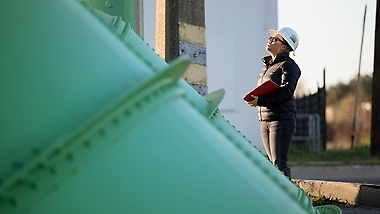
Why Microsoft is signing The Climate Pledge
From setting the goal to be carbon negative to committing to protect more of the land we use, Microsoft has spent 2020 making plans to become more sustainable. As a technology company, we hope to bring digital solutions to climate problems, and signing The Climate Pledge is the latest step in our climate-conscious journey.

Microsoft’s commitment to sustainability
In January 2020, Microsoft announced plans to be carbon negative in the next decade. Since that announcement, our commitment to increasing company and global sustainability practices has grown, expanding to include goals towards becoming water positive and zero waste by 2030.
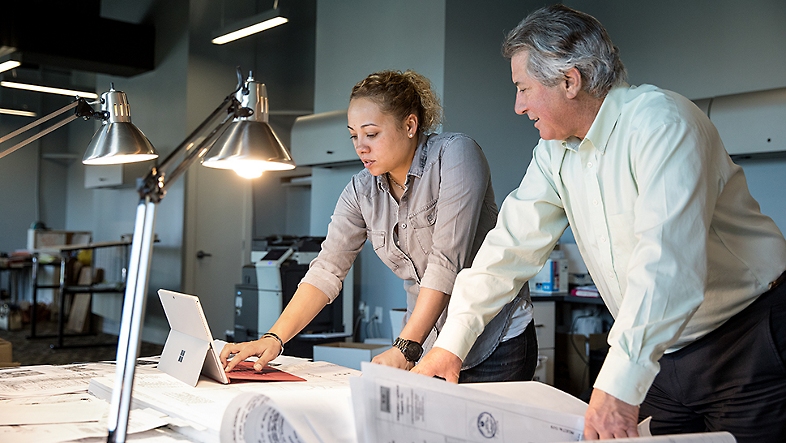
Microsoft announces plans for a new datacenter in Denmark
We are investing in Denmark’s green, digital transformation with plans to build a sustainable Microsoft datacenter region. This will be the next step in our commitment to supporting growth and innovation in Denmark.
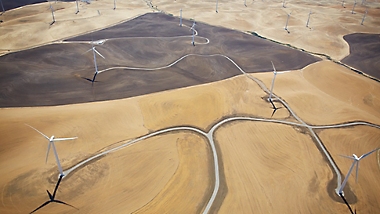
Microsoft adding to Ireland's green energy
Microsoft, partnered with SSE Airtricity, is bringing green energy resources to dozens of schools in Ireland as part of the fight against global climate change. The project includes solar panels powered by Azure IoT and Microsoft Azure, as well as an educational campaign about renewable energy.
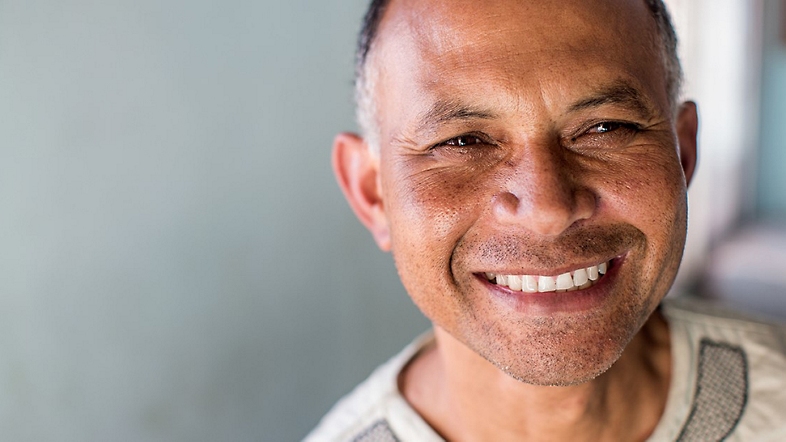
Our journey to #BuildFor2030 together
The United Nations Sustainable Development goals are 17 initiatives designed to create a positive global impact by 2030. As a way to accelerate these goals, Microsoft created the #BuildFor2030 campaign, highlighting partners whose work is making a difference. At the end of the first year of the campaign, we look back at all the incredible work being done.
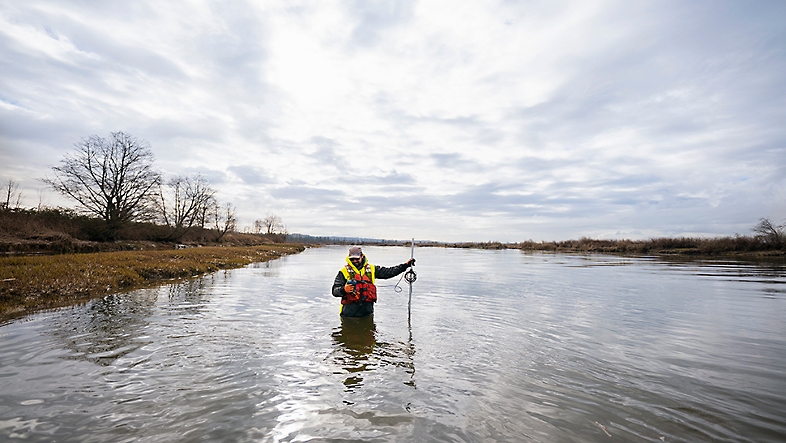
World Cities Day 2020: Committing to sustainable urban areas
For World Cities Day 2020, established to shine a light on public issues, Microsoft celebrates partners who are driving impact in climate action, as well as reasserts our own commitment to becoming carbon negative, water positive and zero waste.

Microsoft commits to achieve ‘zero waste’ goals by 2030
Our zero waste goal is the third sprint in Microsoft’s broad environmental sustainability initiative launched earlier this year focusing on carbon, water, ecosystems and waste. We are setting ambitious goals for each and empowering our customers with the technology and our learnings to do the same.
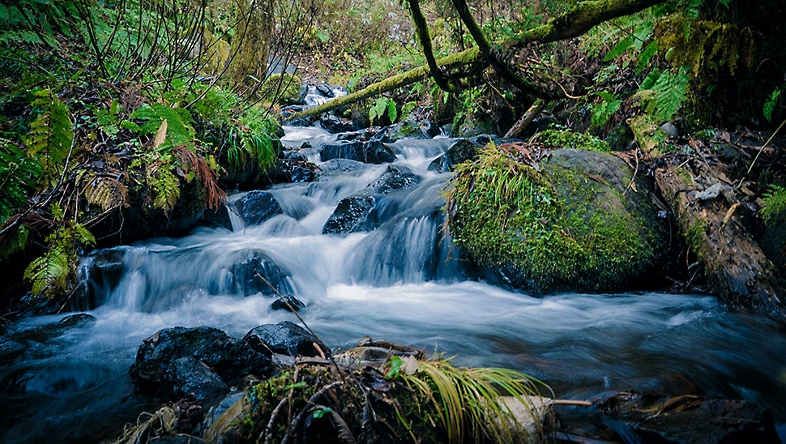
Microsoft will replenish more water than it consumes by 2030
Our fourth pillar in the Microsoft sustainability initiative revolves around water, one of the Earth’s most precious resources. With the support of our technology and employees, we hope to make a positive impact on the planet, and help other companies do the same.
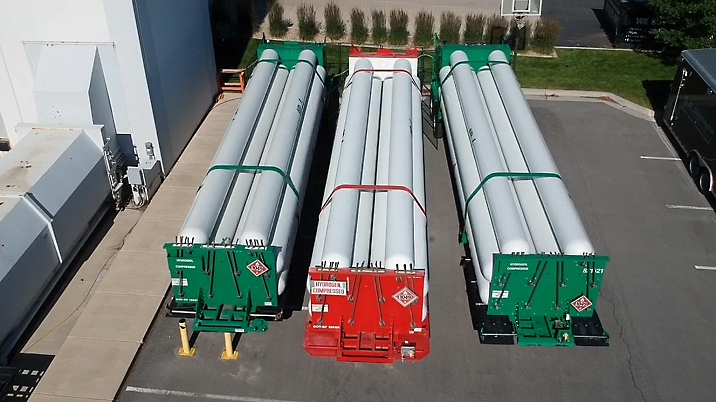
Microsoft tests hydrogen fuel cells for backup power at datacenters
In a worldwide first that could jumpstart a long-forecast clean energy economy built around the most abundant element in the universe, hydrogen fuel cells have powered a row of datacenter servers for 48 consecutive hours.
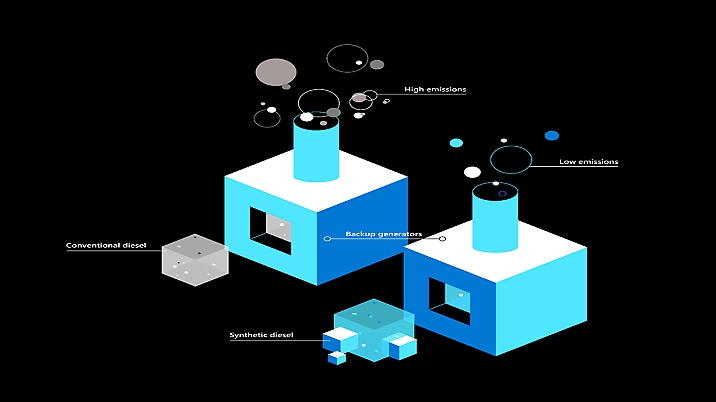
Aiming for more than just net zero
Our ambitious goals to cut down our carbon footprint have necessitated exploration into various technologies. With each kind of technology, we’re determining the best combination to implement based on our overall goal as well as the specific datacenter locations and their local needs.
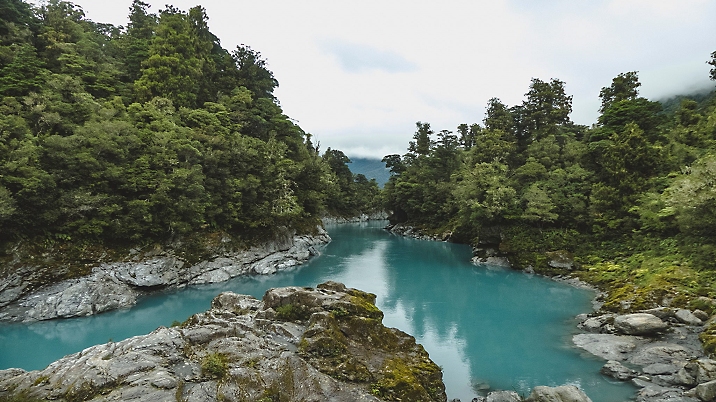
Progress on our goal to be carbon negative by 2030
In January, Microsoft’s CEO Satya Nadella, President Brad Smith, and Chief Financial Officer Amy Hood launched a bold new environmental sustainability initiative focusing on carbon, water, waste and biodiversity.
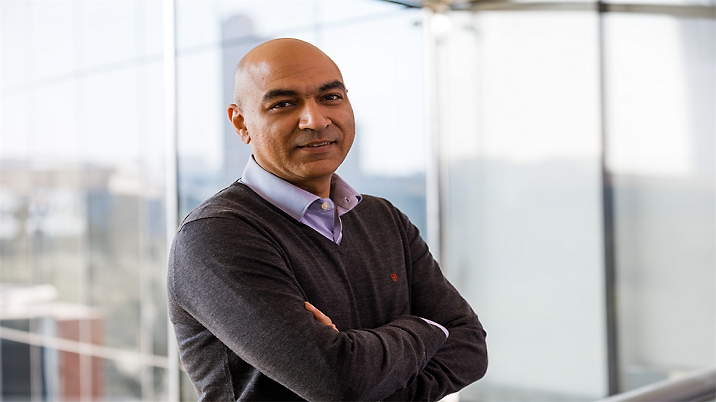
Samsung and Microsoft transform real estate and smart property management
Samsung Electronics Co. and Microsoft Corp. today announced a global collaboration focused on digitally transforming the real estate development and property management industries.
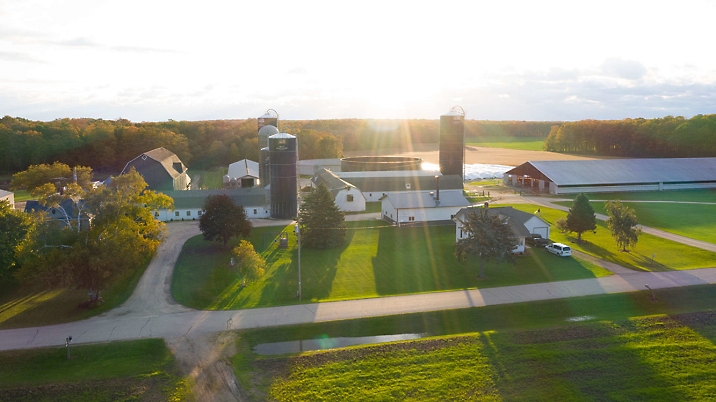
How Land O’Lakes is cultivating ag-tech to help farmers harvest healthier profits
Land O’Lakes and Microsoft announced a multi-year strategic alliance to pioneer agricultural innovations, enhance the supply chain, expand sustainability practices for farmers and the food system, and close the rural broadband gap.
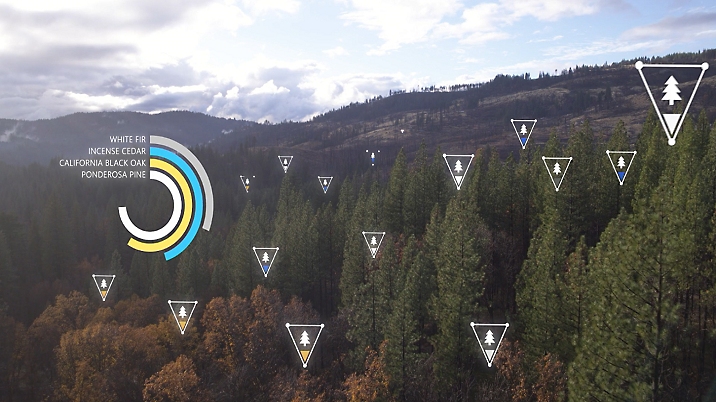
We’re increasing our carbon fee as we double down on sustainability
Since 2009, Microsoft has made and met a series of commitments to reduce the company’s carbon footprint.
